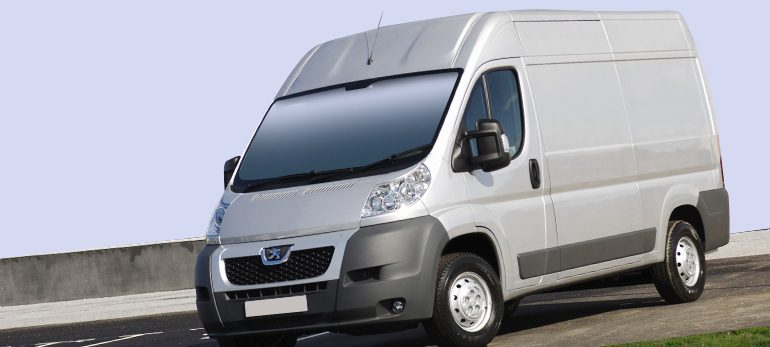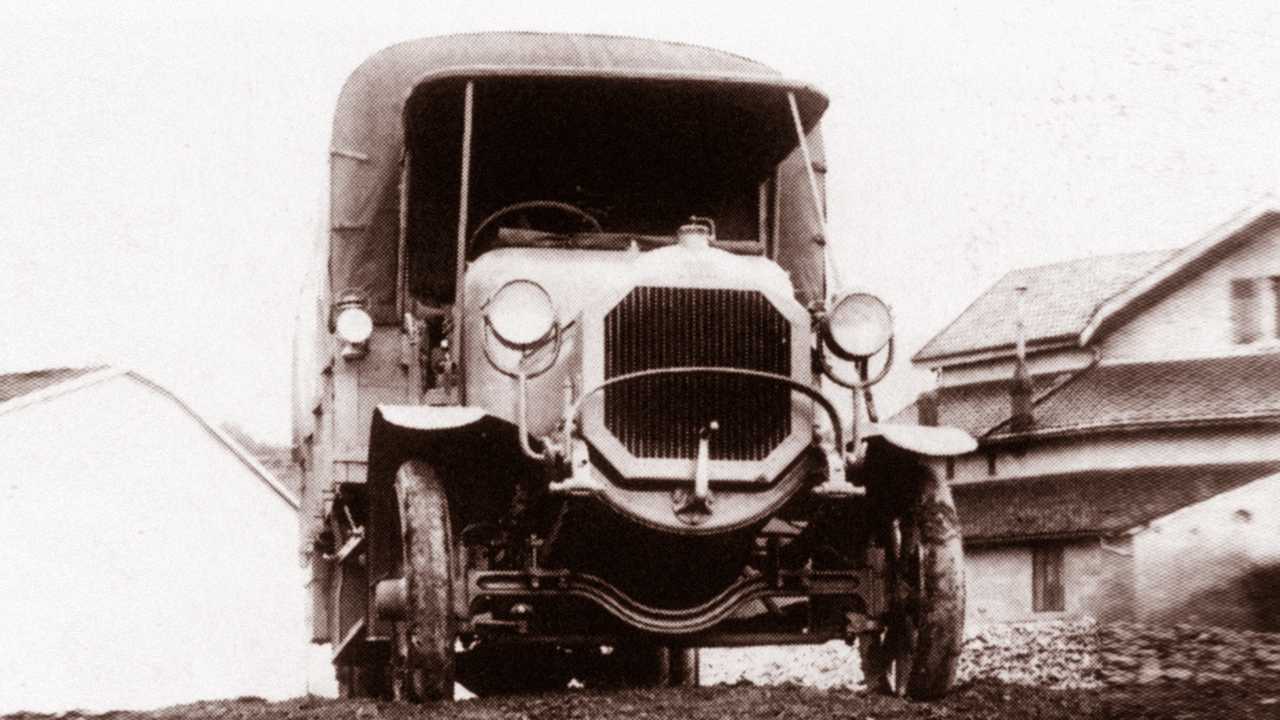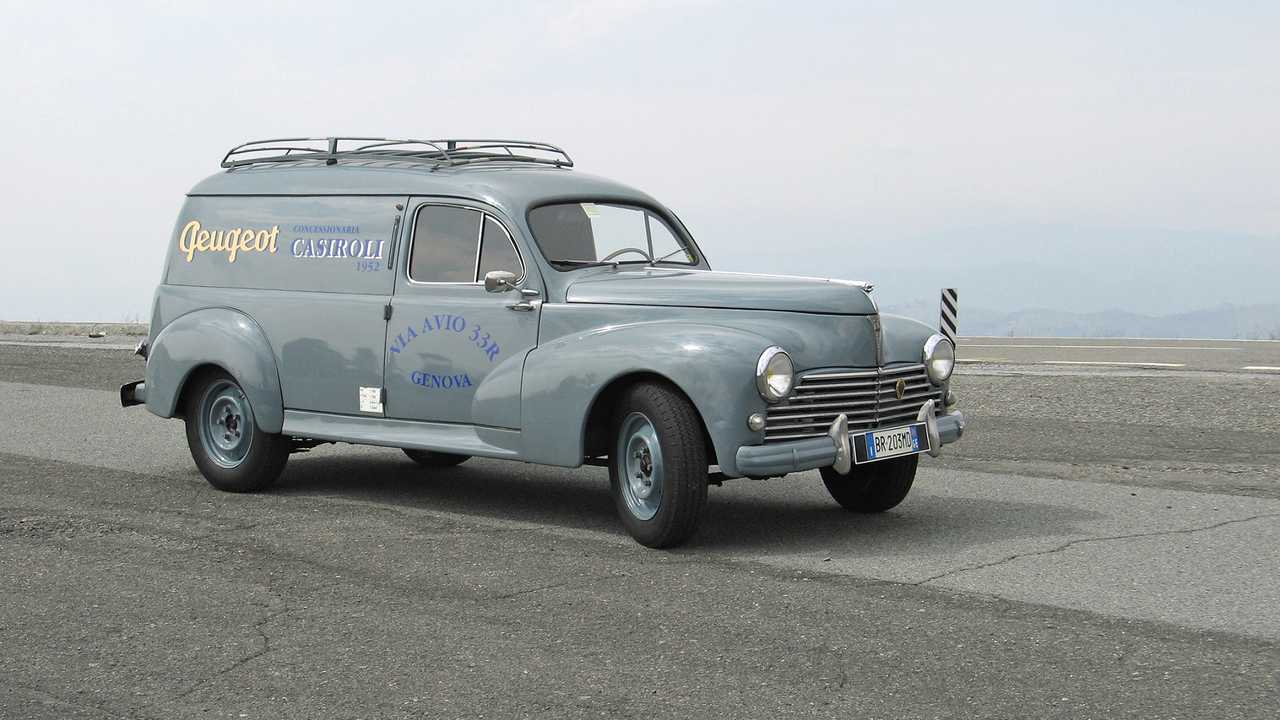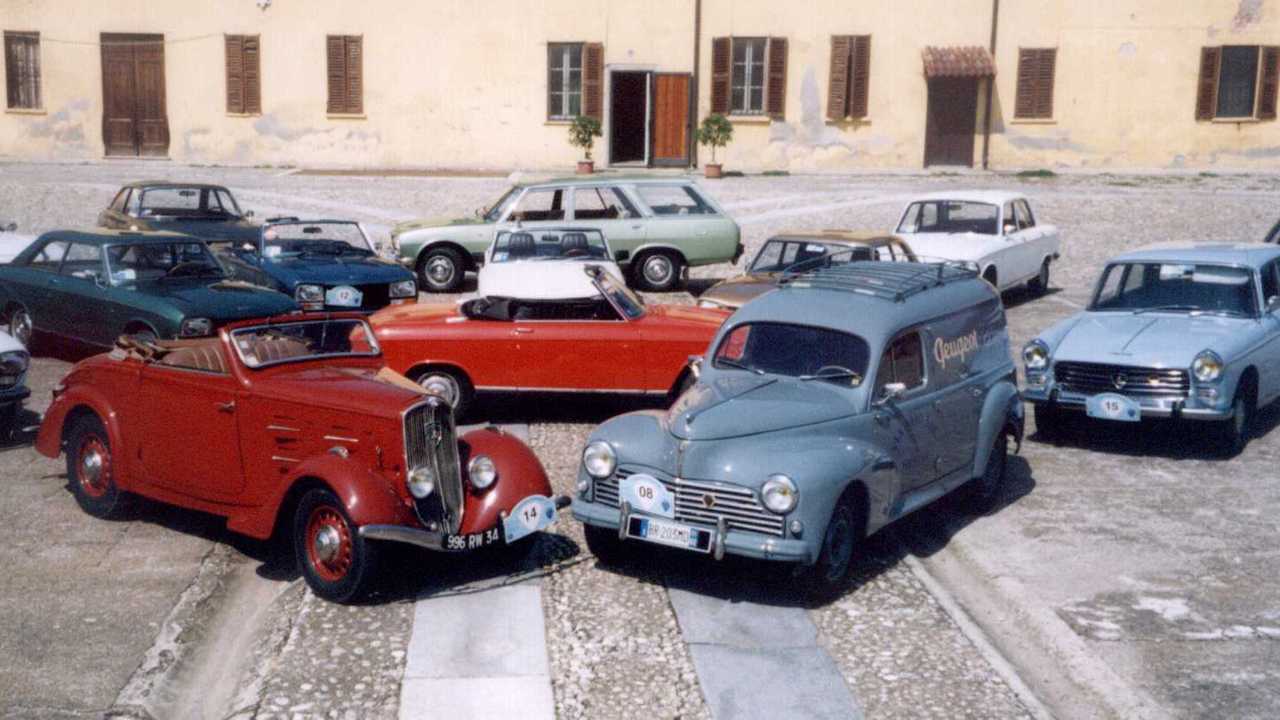
Minibuses Peugeot, attention to professionals
Content
Despite up to this moment the main vocation of the his company was to make vehicles that transported people, in 1894 Arman Peugeot understood that this was the case with look beyond the private customer and think also to commercial enterprises. Thus it was that he designed and developed the "Type13«, A work vehicle, which could carry up to 500 kg of goods and develop 3 HP of power.
And it was only the beginning because in rapid succession an 8-seater minibus, the "Type20" (1897), a pick-up, the "Type22"(1898), and the first truck, the"Type34»(1900), with the caisson covered. But it was only in 1904 which launched the «Type64«, First truck with real tires; payload of 1.200 kg, engine from 10 HP, front and upright and modern aesthetics, far from the horse-drawn carriage look.
The baptism of fire
It was, however World War I the real "litmus test" of Peugeot's work vehicles, with a war production that reached 6 thousand pieces, from «1501» (1914-16) to the imposing «1525» (1917), a modern military truck with a tarpaulin body, capable of carrying 4 tons of cargo or a platoon of equipped soldiers.

The Great War was a particularly hard and convincing theater due to the resistance and reliability of Cars 600 which they carried, along the «Voie Sacrée», a 72 km route which connected Bar-Le-Duc with Verdun, 48 thousand tons of goods and ammunition and 263 thousand men.
Between two wars
After the Armistice, Peugeot started the Realization of of a series of commercial vehicles derived strictly from cars that were gradually in production. In 19 the car «Type163 ″, equipped with starter motor e battery electric, also saw in its range some van versions.

A strategy that Peugeot adopted to Annie 80; successful cars, such as the Peugeot "203", "204", "404", "504" or "505" they had a range of bodies that included versions with a tarpaulin, chassis with cabin only, van and pick-up with a bed. They were very popular models in Europe, but also in the main African countries.
The outbreak of World War II
Peugeot advertising has always been very attentive to professional customers; thus, in 1937, the "SK3 Boulangère" was announced, derived from the "302", with a large load capacity thanks to the 800 kg of payload: was capable of carrying 12 bags of grain, 4 220-liter barrels of wine or 6 200-liter barrels of gasoline.

The outbreak of the Second World War forced also Peugeot to focus on loads and needs less peaceful, such as the production of the «DMA» (1941-48), the first truck of the house with a improved cab and which used the 45 HP engine of the «402». Thanks to its 2.000 kg payload, it was used by the Wehrmacht throughout Europe.
The postwar period
After the end of the War, the situation he calculations did not allow Peugeot to design new work vehicles, so they worked on the "DMA", renamed "DMAH" from '46, launching the version a diesel and introducing the hydraulic brake system. At the end of '48, with a very similar aesthetic, Peugeot developed the "Q3A" with a more chassis evolved, rear shock absorbers and a longer wheelbase.

in 1950 was acquired by Chanard and Walcker (a manufacturer that the following year would be incorporated by Peugeot) a van with a monocoque body and front-wheel drive. The "D3", popularly known as "Pig nose", due to the bulky grille due to the longitudinal position of the engine, it was marketed in a van, minibus, Ambulance up to livestock transport.
The agreement with FIAT arrives
Its evolution, the "J7" which adopted various improvements such as a very low load floor, independent 4-wheel suspension and sliding cockpit doors, was produced from 1965 to 1980; and stood out for its excellent reliability. Its successor, the 9 "J1981" was the brand's last commercial vehicle with a cabin so advanced, almost flush with the bumper.
Spacious, fast and comfortable, it was very used like emergency vehicle of the fire brigade and as an ambulance. Meanwhile, the Sevel agreement between Peugeot and FIAT led to the development of the «J5«, First with the petrol engine of the« 504 »and then with a turbodiesel, up to the electric version designed for large fleets.
In the mid 90's, the current range of commercial vehicles came configured on the basis of three different models: Partner, Expert and Boxer. But this is today's story.